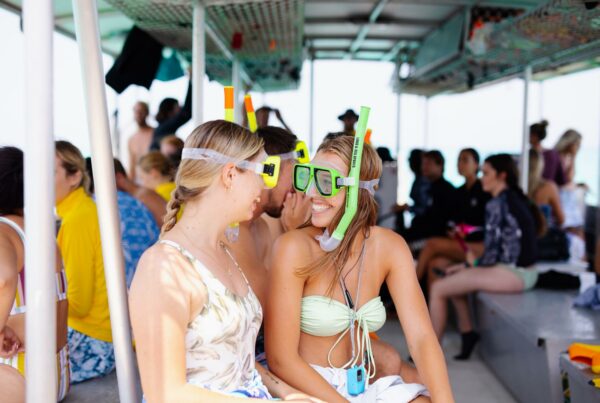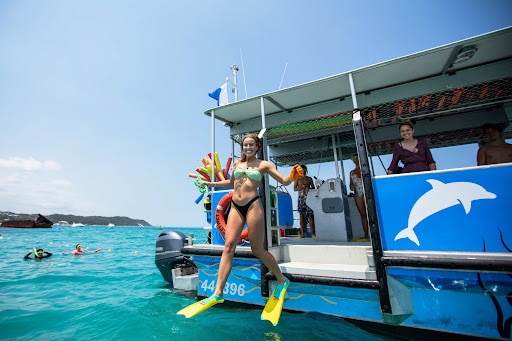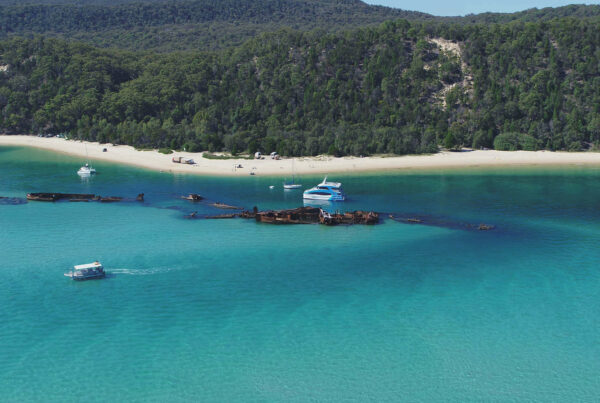8 fun facts about Moreton Island
The Island
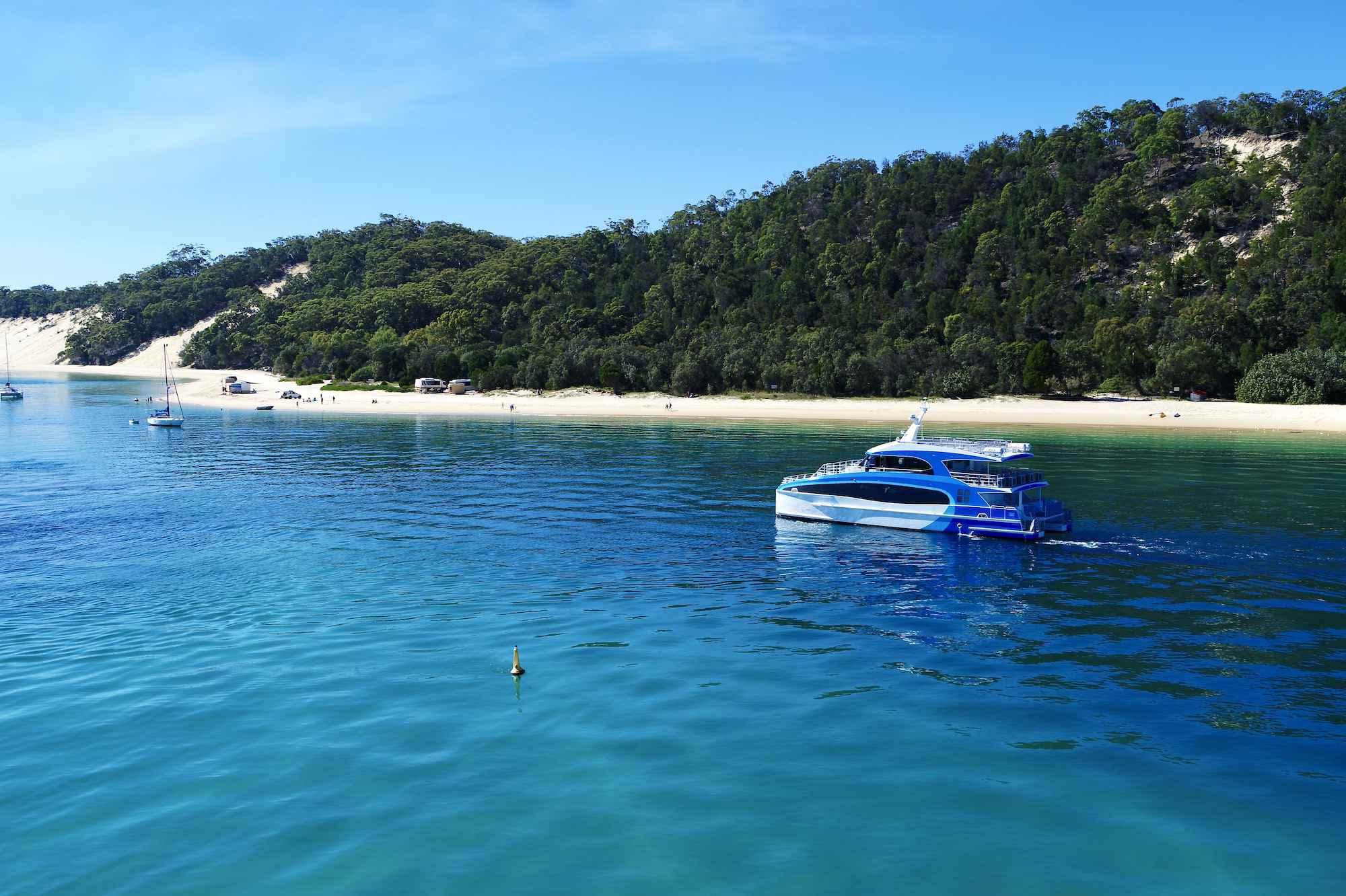
Moreton Island is known as the gem of South East Queensland. And the Gold Coast and Brisbane are lucky to have it right on their doorsteps! Moreton Island is one of Australia’s largest sand islands, making Moreton Island a unique and memorable getaway destination. The Island is almost completely sand with no roads, so to get further than walking distance from the ferry landing points, you’ll need a 4WD. Just across the bay from the city, Moreton Island is quickly being recognised as an unspoiled and pristine paradise for people wanting to explore nature. Here we offer 10 fun facts about Moreton Island that you might not already know!
1. Moreton Island’s traditional, Aboriginal name is Mulgumpin (also spelt Moorgumpin). This island has recently been reclaimed by the Quandamooka People who speak the Jandai language. The Quandamooka People are the rightful owners of the island, so try saying Moor-gum-pin when you visit!
2. Moreton Island is the third largest sand island in the world. It is a 37km long, 10km wide, wedge-shaped island located only 40km northeast of Brisbane. The island consists almost entirely of sand. The exception being a small area of sandstone and rhyolite at Cape Moreton, which has built up over the past 400,000 years!
3. Moreton Island is home to the highest coastal sand dune in the world! Mount Tempest reaches 285 metres high and provides 360 degrees of breath-taking views. The island is also the only area where Pleistocene dunes have been naturally destabilised and being actively reworked. Examples of this can be seen at The Desert south of Tangalooma and the Big and Little Sandhills.
4. Moreton Island is one of the least polluted and least disturbed coastal environments along the Queensland and New South Wales coast. The island has one of the most outstanding records of continuing geological and biological processes on sand island masses in South East Queensland. Natural dune processes of erosion (gradual deterioration), accretion (gradual growth) and stabilisation by vegetation have remained relatively undisturbed by human activities.
5. Moreton Island is restricted to 4WD access only. This is because all roads on the island are sand! And the inland tracks can be extremely soft. Bogging is quite common in these areas – don’t say we didn’t warn you!
6. The sheltered waters of Moreton Bay are home to many different marine animals. Especially wonderful are the resident dugongs, who feed on the diverse seagrass communities surrounding the island. You are also likely to see dolphins and migratory birds. In particular, the island is an important feeding and resting point for over 50,000 migratory waders!
7. The island has been deemed the jewel of Moreton Bay, receiving more than 170,000 visitors per year! This means it is more important than ever that we tread lightly, reduce our waste and show care towards the local plants, animals and ecosystems. Many visitors stay at the famous Tangalooma Island Resort, while others choose to camp. Camping permits can be booked through Mulgumpin Camping, owned and operated by the Quandamooka Yoolooburrabee Aboriginal Corporation (QYAC).
8. The island’s shape is always changing in response to the ocean currents and winds. The development of the Mirapool lagoon – from a series of islands to its current form as a large body of shallow water – is a good example of how quickly the sand environment can change.
